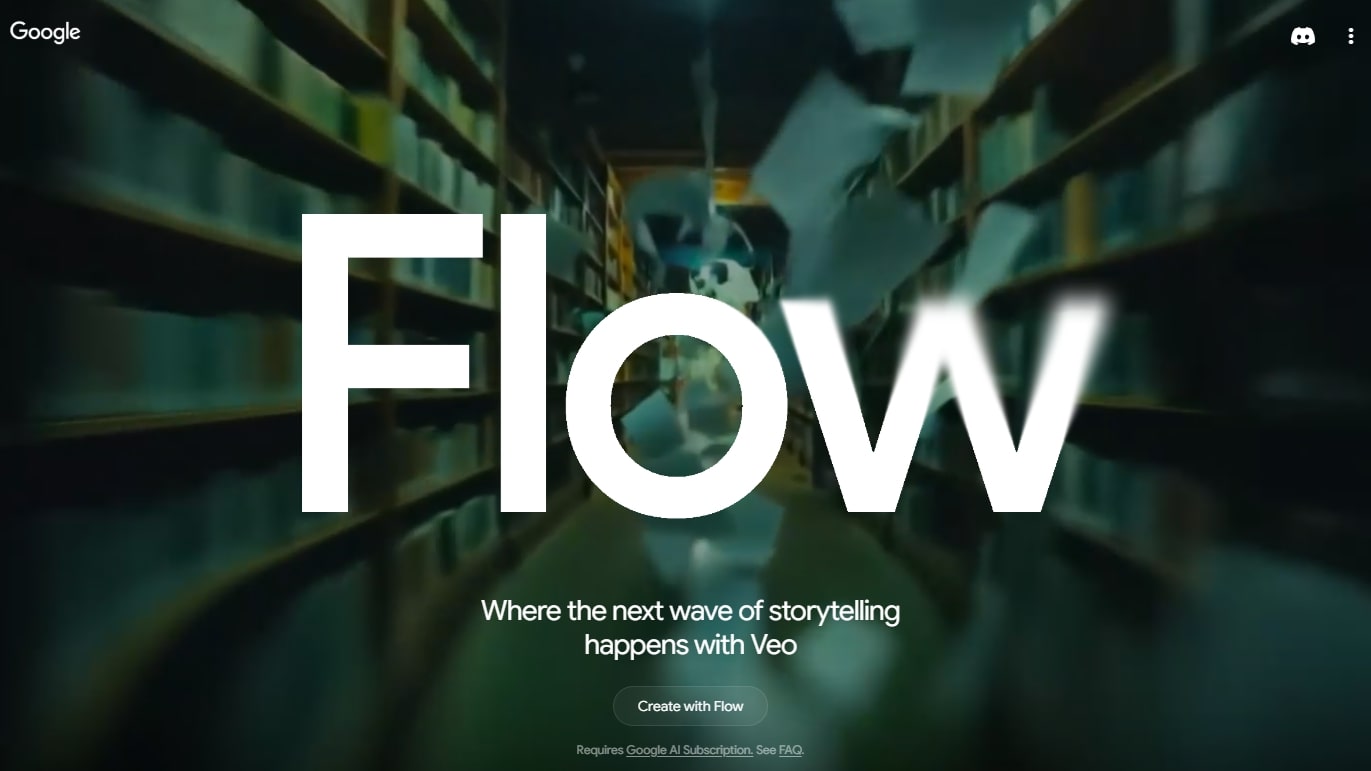Key Takeaways
Strengths
- Generates stunningly realistic short video clips with synchronized audio from text prompts.
- Integrates video, voice, and sound design into a single workflow.
- Offers a storyboard editor (Flow) for clip arrangement and limited scene extension.
- Ideal for professionals seeking rapid prototyping or AI-assisted pre-visualization.
Limitations
- High cost ($249.99/month) and U.S.-only access at launch.
- Technical bugs, especially silent video outputs and UI confusion around model versions.
- Credit-based usage creates anxiety due to failed outputs consuming resources.
- Current generation is best for short scenes; longer narratives and consistency across clips are problematic.
- Flow’s clip extension only supports VEO 2 for now, not VEO 3.
Introduction: What is Google Flow VEO 3?
Google’s new Flow platform integrates the VEO 3 model, enabling text-to-video generation with AI. Flow provides a visual interface (“storyboard”) for arranging AI-generated clips.
Google Flow VEO 3 is the latest AI-powered video creation tool from Google, unveiled at I/O 2025 and released to the public in May 2025. It allows users to generate short video clips from text prompts, complete with audio, voice acting, and synchronized speech. In essence, you type a description of a scene, and VEO 3 attempts to produce a fully realized video of that scene – including visuals, background sounds, and even characters speaking lines.
This technology builds on earlier Google AI models (Veo 1 and Veo 2), but VEO 3 represents a significant leap. Unlike previous versions (which could generate video but often without audio or with mute characters), VEO 3 is multimodal, capable of generating video and audio together in one step. For example, a user can prompt: “Two podcasters discuss the launch of a new AI tool, laughing about the price,” and VEO 3 will produce a clip of two realistic people having that conversation, with matching lip movements, voices, and even a laugh at the appropriate moment.

